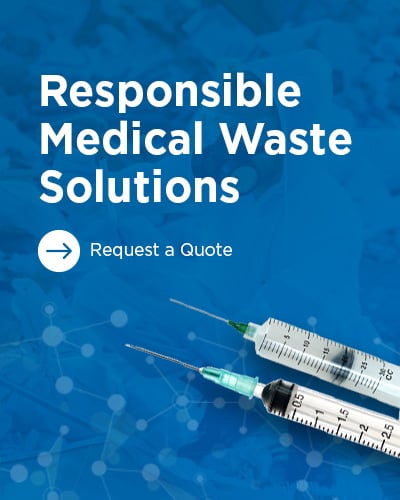
Europe is on a mission to eradicate HIV/AIDS by 2030. Significant strides have been made in that direction, but the population is still in the midst of an epidemic. Nearly 160,000 new HIV diagnoses were reported in the WHO European Region in 2017, with over 130,000 of those diagnoses occurring in Eastern Europe alone.
The European Centre for Disease Prevention and Control (ECDC) and the WHO Regional Office for Europe have released the latest data on the HIV epidemic, including the knowledge that HIV currently affects more than 2 million people in the WHO European Region. Additionally, the report calls for countries in the affected regions to act now by increasing efforts to prevent additional diagnoses. Dr Zsuzsanna Jakab, WHO Regional Director for Europe, states, “My call to governments, ministers of health and decision-makers is bold: scale up your response now. To support people living with HIV and protect those at higher risk of infection, we need to fast track action by tailoring interventions. This means investing wisely in prevention, testing and treatment particularly in key populations to end the AIDS epidemic as we promised.”
Among the key findings published by the ECDC was the fact that the rate of increase of new diagnoses has slowed over the years: the eastern part of the Region observed a rate of increase of 68% in 2008–2017, compared with 95% in 2007–2016. In the central part of the Region, the increase was 121% compared with 142% respectively. Additional findings are as follows:
-
Of new HIV diagnoses in the eastern part of the Region, 59% are reported to be from heterosexual transmission. Data need to be carefully considered as they depend on the transmission mode reported by the individuals.
-
Men are suffering disproportionately from HIV across the entire Region: 70% of new HIV diagnoses are in men.
-
In 2017, over 25 000 people were diagnosed with HIV in 30 of the 31 countries of the EU/EEA. This translates into a decline from a rate of 6.9 per 100 000 population in 2008, to 6.2 per 100 000 in 2017.
-
The overall decline in the EU/EEA resulted primarily from a 20% drop in new diagnoses among men who have sex with men between 2015 and 2017, which remains the predominant mode of HIV transmission (38% in 2017) in this part of Europe. There was also a reduction in diagnoses attributed to heterosexual transmissions involving people from countries with generalised HIV epidemics.
-
Despite this measurable progress in reducing the number of new HIV diagnoses, overall rates continue to increase in about one third of EU/EEA countries.
-
The number of AIDS cases continued to decline in the Region as a whole. In the eastern part, the situation has begun to stabilise, and numbers of AIDS cases between 2012 and 2017 declined by 7%. In the EU/EEA, 9 out of 10 (89%) AIDS diagnoses in 2017 happened within only 90 days of the HIV diagnosis, indicating that the majority of AIDS cases in the EU/EEA could have been avoided with early diagnosis.
Vytenis Andriukaitis, the European Commissioner for Health and Food Safety, concludes that, “Despite our efforts, HIV still damages the lives of so many people, and causes not only much suffering and illness, but also discrimination and stigmatization. A lot of progress has been made, but there is still much more we must do. We need to capitalize on the full potential of our joint and sustained actions, as well as increased collaboration with our partners across borders if we want to achieve the Sustainable Development Goal of eliminating HIV – in Europe and worldwide – by 2030. We must overcome the stigma of HIV infection and treatment and continue our efforts in dispelling false beliefs about how HIV and AIDS are spread. It is important for our public health services to support easy and affordable access to testing and medical care for vulnerable groups at risk of HIV infection”.





